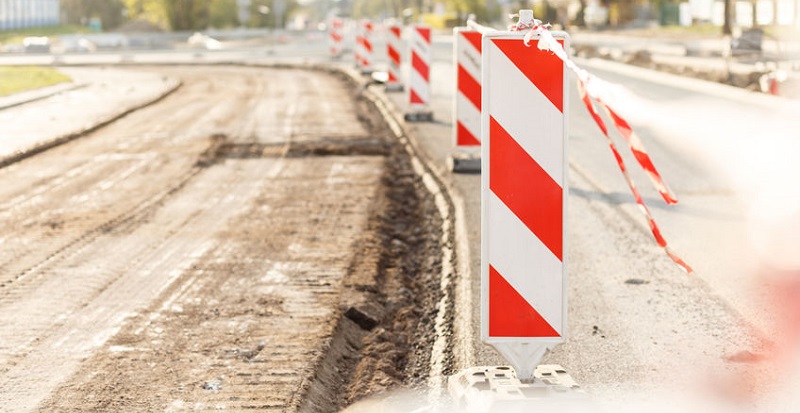As Colorado’s population swelled over the past six decades, the resulting traffic has outstripped the road’s intended capacity, causing frequent congestion, car accidents, and delays.
Crowded, Dangerous I-25 Gap Wins $350M Widening
Besides its usual $1.6 billion annual operating budget, the Colorado Department of Transportation (CDOT) will have an additional $645 million for construction projects in the 2018-2019 fiscal year.
The allocation, part of the general transportation funding bill recently signed into law by Gov. John Hickenlooper, dedicates a huge slice of that pie to one 18-mile stretch of overcrowded, somewhat dangerous road.
CDOT will allocate $350 million to widen and improve The Gap, the four-lane section of I-25 stretching from south of Castle Rock to Monument, Michael Lewis, CDOT’s executive director, said in an interview with Colorado Public Radio’s Ryan Warner. About $72 million of the budget will subsidize local projects selected by counties and municipalities across the state.
The legislation will add $495 million to the 2018-2019 fiscal year and release $150 million in 2019-2020, to be followed by an extra $50 million annually over the next of 20 years, Reporter-Herald staff writer, Pamela Johnson reported.
And although Lewis and Hickenlooper praise the spending as a step in the right direction, Lewis says it is only a fraction of the nearly $10 billion the state will need to improve its streets, roads, and bridges over the next few years.
The Gap is clearly a worthy candidate for improvement. As the only four-lane stretch of I-25 between Denver and Colorado Springs, it has remained unchanged since the 1960s, Lewis said.
CDOT’s project page calls the improvements a top state priority. As the state’s population swelled over the past six decades, the resulting traffic has outstripped the road’s intended capacity, causing frequent congestion, car accidents, and delays.
Road Widening and More
State traffic engineers evaluated a number of alternatives to improve the Gap’s reliability, safety, and mobility but decided on adding a tolled express lane in each direction. Vehicles with three or more passengers will be able to use the express lane for free. All motorists will have free access to two lanes in each direction.
The project will widen shoulders inside and outside the travel lanes, add wildlife crossings, cap existing payment, and repair or replace bridges. It should also modernize the highway by adding power and electronic grids, the foundation for so-called “smart roads”. Some of these roads use cameras and other sensor arrays to monitor traffic and weather conditions and even to change marked speed limits accordingly. In the future, smart roads may electronically connect with vehicles traveling on them so they can send advisories to drivers and orchestrate traffic flow.
Plans Helpful but Not Enough
Hickenlooper signed the bill at a ceremonial opening of U.S. 34 west of Loveland, where he and other officials praised inter-party cooperation in passing the new construction spending. The governor described it as one of the biggest boosts to transportation in the state’s history, Johnson, of the Reporter-Herald, reported.
“It’s not enough for what the state needs,” Hickenlooper said, “but it certainly is a start.”
CDOT 2018-2019 Maintenance by The Numbers:
Here are the maintenance details for the CDOT Fiscal Year 2018-19 Final Budget Allocation Plan.
- 35,066 lane-miles of roadway repaired and maintained
- 188,403 tons of asphalt used
- 16 million pounds of liquid asphalt used.
- 19,698 miles of roadway striping painted or installed
- 300,992 square feet of pavement markings installed
- 2 million lane miles of highway snow-plowed, sanded and deiced
- 222,662 tons of solid deicer used
- 0 million gallons of liquid deicer used
- 52,000 signs and signposts replaced or repaired
- 2 million linear feet of fencing installed

